News
EPJ B Highlight - Studying the pseudogap in superconducting cuprate materials
- Details
- Published on 06 May 2022
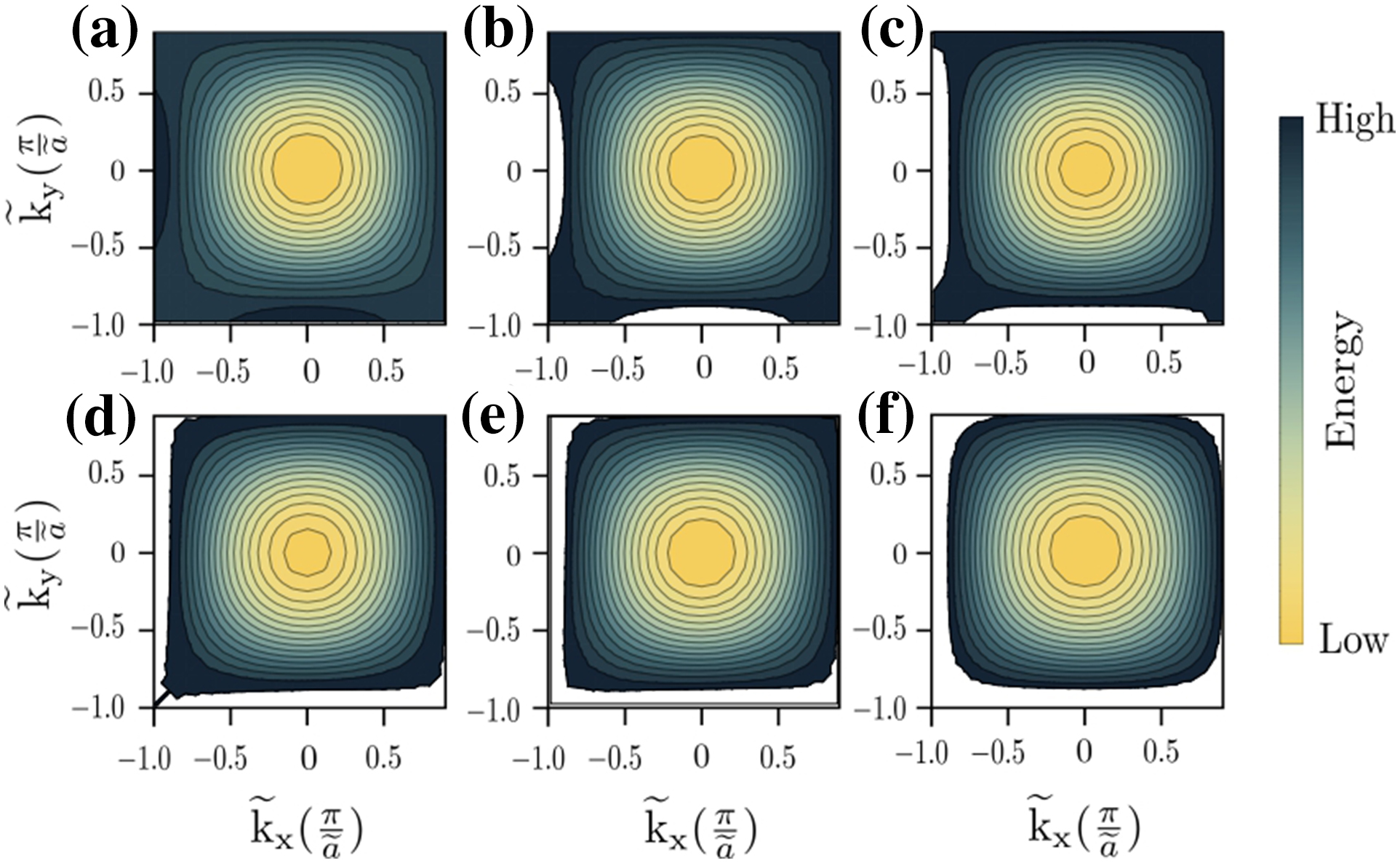
Despite being vital to the study of superconductivity in cuprate materials the physical origins of the pseudogap remain a mystery.
Over three decades since the discovery of high-temperature superconductivity in ceramic cuprate materials, investigating the electronic states in cuprate materials to advance the understanding of the superconducting phase and related phenomena has become of incredible importance.
In a new paper published in the EPJ B, Ernesto Raposo from the Federal University of Pernambuco, Brazil, and his co-authors, look at one of the essential physical properties of cuprate superconducting compounds, the pseudogap, which describes a state where the Fermi surface of a material possesses a partial energy gap.
EPJ C: Giulia Zanderighi new Editor-in-Chief for Theoretical Physics I: Phenomenology of the Standard Model and Beyond
- Details
- Published on 02 May 2022

The publishers of The European Physical Journal C – Particles and Fields are pleased to announce the appointment of Professor Giulia Zanderighi as new Editor-in-Chief for Theoretical Physics I: Phenomenology of the Standard Model and Beyond, replacing Professor Dieter Zeppenfeld as of 1 May 2022.
Giulia Zanderighi is Director at the Max Planck Institute for Physics and heads the department “Novel Computational Methods in Particle Physics”. She also holds a Liesel Beckmann Professorship at the Technische University in Munich. Her research focusses on collider particle physics.
EPJ Web of Conferences Highlight – ANPC 2021: Applied Nuclear Physics Conference
- Details
- Published on 21 April 2022

The 1st edition of the Applied Nuclear Physics conference took place as a hybrid event in Prague, Czech Republic, organised by Nuclear Physics Institute of the Czech Academy of Sciences, from 12th to 17th September 2021.
The European Physical Society (EPS) introduced the new Applied Nuclear Physics Conference promoted by the Nuclear Physics Division (NPD) of EPS.
EPJ Plus Highlight - Characterising limestone rocks with Raman spectroscopy
- Details
- Published on 20 April 2022
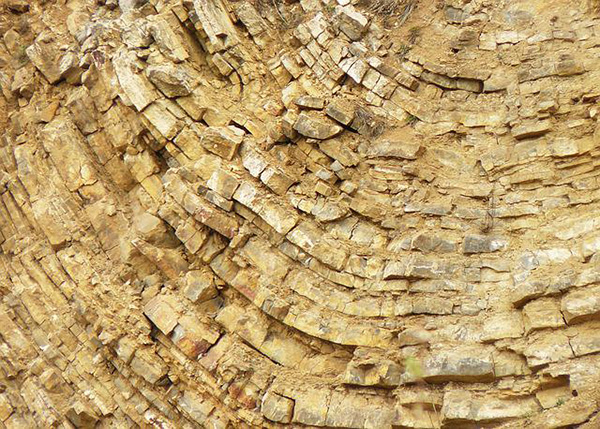
Research published in EPJ Plus shows that it is possible to classify rocks according to the size of the particles they contain during quarrying, using a portable Raman spectrometer.
The nature and potential uses of a sedimentary rock depends on the size of the particles or grains that they are composed from, and particle sizing is an important part of rock classification. A group of researchers led by Iacopo Osticioli of Istituto di Fisica Applicata “N. Carrara”, Florence, Italy has shown that it is possible to size particles and identify rock samples rapidly and accurately while they are being quarried using a portable Raman spectrometer. This work has now been published in the journal EPJ Plus.
EPJ B Highlight - Thin quantum wires work better with less insulating coatings
- Details
- Published on 19 April 2022
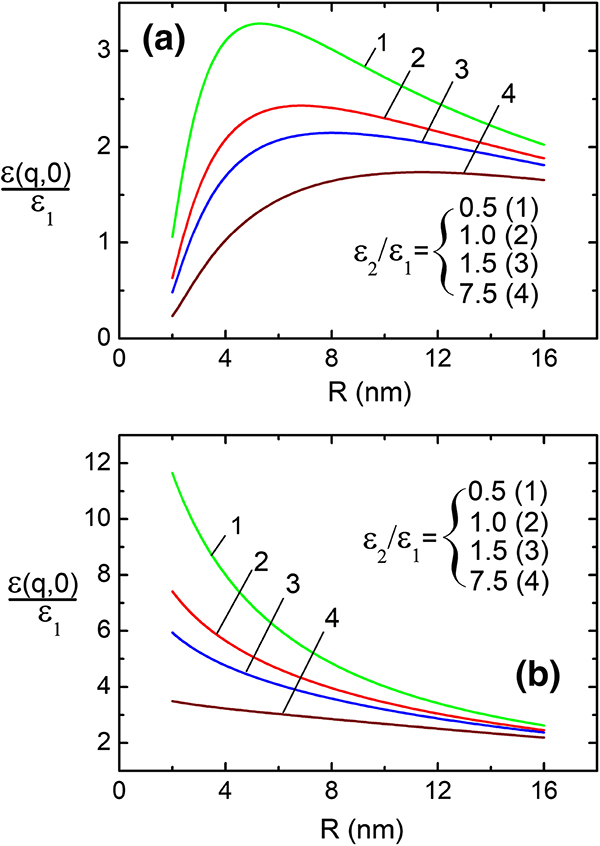
New theoretical analysis considers cases where the electrons are allowed to exist beyond the boundaries of semiconducting quantum wires – with important implications for their performance.
Thin, semiconducting wires have attracted much recent attention in physics – both in experiments and theoretical analysis. Named ‘quantum wires,’ these structures are often coated in insulating materials, and several previous studies have now explored how the mismatch between the insulating properties of both materials can influence their performance. Through new analysis published in EPJ B, Nguyen Nhu Dat and Nguyen Thi Thuc Hien at Duy Tan University, Vietnam, show that thinner wires with less insulating coatings can improve the mobility of the electrons they carry.
EPJ B Highlight - Simulating realistic lane changes in two-lane traffic
- Details
- Published on 19 April 2022
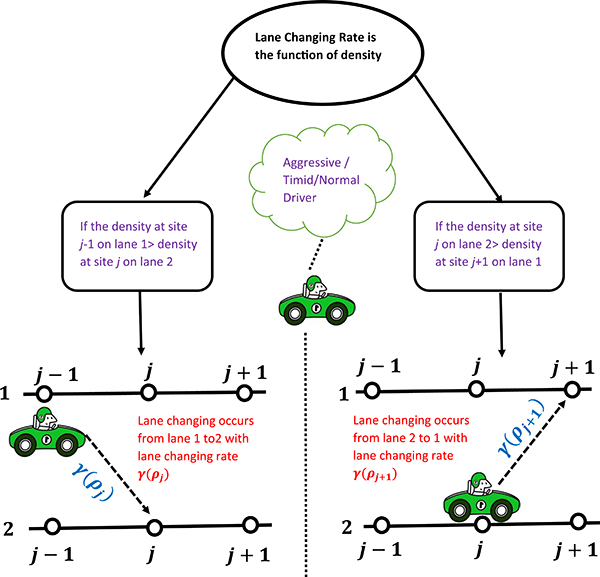
A new approach to simulating traffic considers how drivers will change lanes at different rates depending on the density of traffic surrounding them
Many urban areas worldwide are now rapidly expanding, often with major negative impacts on traffic congestion. To address this issue, researchers have constructed models aiming to simulate the flow of traffic – but so far, they haven’t widely considered the impacts of drivers changing lanes. In a new study published in EPJ B, Nikita Madaan and Sapna Sharma at the Thapar Institute of Engineering and Technology, India, show how the lane-changing behaviours observed in real drivers can be incorporated into simulations of two-lane roads.
EPJ Plus Highlight - Searching for dark matter with a haloscope
- Details
- Published on 14 April 2022
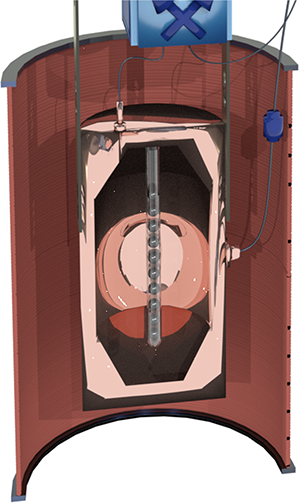
A new paper in EPJ Plus introduces a novel method of searching for a type of dark matter known as axions; a modified version of this technique may have useful ‘real life’ applications.
Most of the universe is now thought to consist of dark matter: mysterious substances which, because they don’t interact with light or any other kind of electromagnetic radiation, are almost impossible to detect. Physicists have been searching for it for decades, using different techniques; Nicolò Crescini, now of Institut Néel, Grenoble, France, developed a novel method of searching for one type of dark matter, axions, when working at the Laboratori Nazionali di Legnaro, Padova, Italy. This work has now been published in the journal EPJ Plus.
EPJ A Topical Issue: An Experimental Program with Positron Beams at Jefferson Lab
- Details
- Published on 14 April 2022
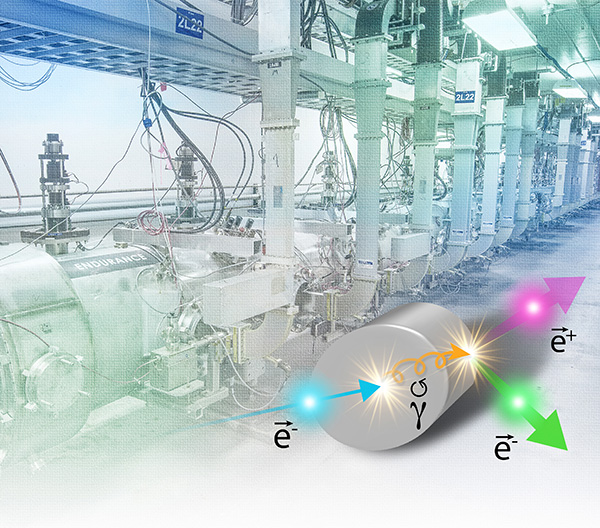
EPJ ST Highlight - Using AI to expand the quality and fairness of urban data
- Details
- Published on 11 April 2022

The sparse and inconsistent availability of urban data is currently hampering efforts to manage our cities fairly and effectively – but this could be solved by exploiting the latest advances in artificial intelligence.
Our cities are remarkably complex systems. Every day, they host countless numbers of interconnected exchanges between people and processes, generating vast amounts of data in turn. Researchers have begun to explore how this information could be used to improve urban environments – but due to limitations in its quality, these efforts continue to face significant challenges. Through detailed analysis published in EPJ ST, Bill Howe and colleagues at the University of Washington, USA, propose how artificial intelligence (AI) could be used to expand the coverage, access, and fairness of data collected in cities.
EPJ D Highlight - Optimizing silicon structure to reduce reflection
- Details
- Published on 08 April 2022

New research connects the porous structure of silicon and its ability to “trap” incident light.
The world sits on the brink of a major ecological disaster and the need for renewable energy sources has never been more urgent. Perhaps the most significant source of untapped renewable energy is, unsurprisingly, the Sun. It is little wonder that much of the focus of renewable energy research focuses on solar power.
A new paper published in EPJ D examines changes in the porous structure of silicon to make it less reflective and thus a better material for solar absorbing technology. The paper is authored by Daohan Ge, Zhou Hu, Zhiwei Fang, Chao Ni, and Liqiang Zhang of the Institute of Intelligent Flexible Mechatronics, Jiangsu University, China, and Shining Zhu of the National Laboratory of Solid State Microstructures, Nanjing University, China.





